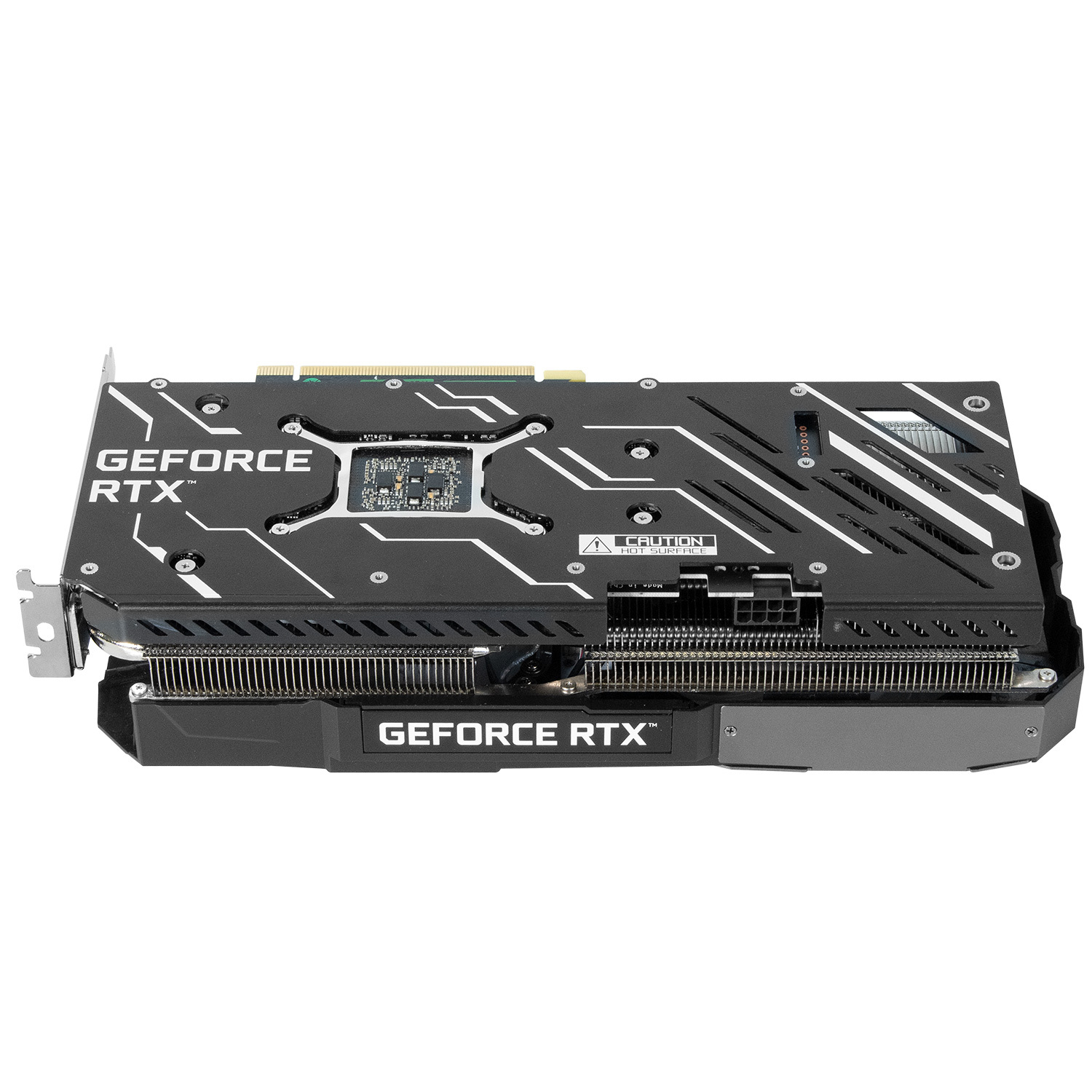

- #3070 graphics card install
- #3070 graphics card driver
- #3070 graphics card software
- #3070 graphics card series
Moreover, it supports OpenCL 2.0, OpenGL 4.6 and shader model 6.5. Nvidia’s GeForce RTX 3070 has a DirectX version of 12 and is G-sync compatible. It also has a memory interface width of 256-bit and a memory bandwidth of 448.0 GB/s. This card has a memory size of 8 GB GDDR6 running at a memory clock effective of 14000 MHz. Inside there are 17.4 Billion transistors, 184 texture units and 96 ROPs. It also has a base clock of 1.50 GHz (1500 MHz) along with a boost clock of 1.73 GHz (1730 MHz). NVIDIA with Blender supports both CUDA and OptiX paths for rendering on Linux with OptiX being the preferred renderer for the GeForce RTX graphics cards and what was used for this comparison.The Nvidia GeForce RTX 3070 8GB features the Ampere 8nm architecture and has 5888 CUDA CORES. For comparison I also tested all of the NVIDIA GeForce RTX 30 cards I have available.
#3070 graphics card series
So for this round of testing I was just able to show how the Radeon RX 6000 series graphics cards can perform with Blender 3.2's HIP on Linux. Trying pre-RDNA graphics cards like the Vega-based Radeon VII also yielded a segmentation fault even with the Radeon VII graphics card otherwise being supported by the ROCm compute stack. I was able to test all of my available Radeon RX 6000 (RDNA2) graphics cards with Blender 3.2, yeah! But with all my RDNA1 tested graphics cards they all yielded Blender 3.2 having a segmentation fault. Officially, Blender 3.2 works with RDNA2 and RDNA(1) graphics cards on Linux with HIP. The much more limited range of GPU device support than with NVIDIA's broad device support for multiple generations.
#3070 graphics card driver
It's been quite a while since I can last recall any headaches simply getting the NVIDIA Linux driver properly installed.īut even once getting ROCm working with the first card, an RDNA2 model, it brought up another limitation. In comparison, NVIDIA's Linux proprietary driver stack having near universal supported/available across Linux distributions. AMD meanwhile focuses their official ROCm Linux support just on the few usual enterprise Linux distributions.
#3070 graphics card software
With some tinkering I ultimately got Blender 3.2 successfully working with HIP/ROCm! Unfortunately most Linux distributions still don't package the AMD ROCm software due to its intricacies and other headaches. The packaged driver on the AMD site is for the Radeon Software 22.10.2 components while going through the ROCm installation route yielded newer 22.10.3 driver components. So on the test system I just wiped it and went back to making an Ubuntu 20.04 installation.Īt first even on Ubuntu 20.04 LTS I ran into issues as well getting the AMD HIP support activated for Blender.

I tried at first working around that on Ubuntu 22.04 in just wanting the ROCm bits anyhow and not worrying about the DKMS / Vulkan / OpenGL components, but GNU toolchain package differences from Ubuntu 20.04 vs. It's been over one month since the Ubuntu 22.04 LTS release has been out and unfortunately still no support for this newest Ubuntu long-term support release.

Even then, the Linux distribution support is limited.
#3070 graphics card install
Most Linux users, unfortunately, don't run with the ROCm stack setup at this point due to needing to manually set it up via the Radeon Software for Linux packaged drivers or the manual ROCm install procedures. This allows for GPU acceleration when having the ROCm compute stack setup - unfortunately that means no support if just using the Mesa drivers and other out-of-the-box support on Linux distributions. While Blender 3.1 brought AMD HIP support on Windows, that wasn't the case for Linux and only now with this week's Blender 3.2 release is there AMD HIP support with Blender's Linux builds. Eager to see the AMD GPU support on Linux finally arrive, I quickly began trying out this new Blender open-source 3D modeling software release while seeing how the AMD RDNA2 HIP performance compares to that of NVIDIA GeForce RTX 30 GPUs that have long enjoyed top-notch support under Blender. This week's release of Blender 3.2 brings AMD GPU rendering support on Linux via AMD's HIP interface in conjunction with their ROCm compute stack.


 0 kommentar(er)
0 kommentar(er)
